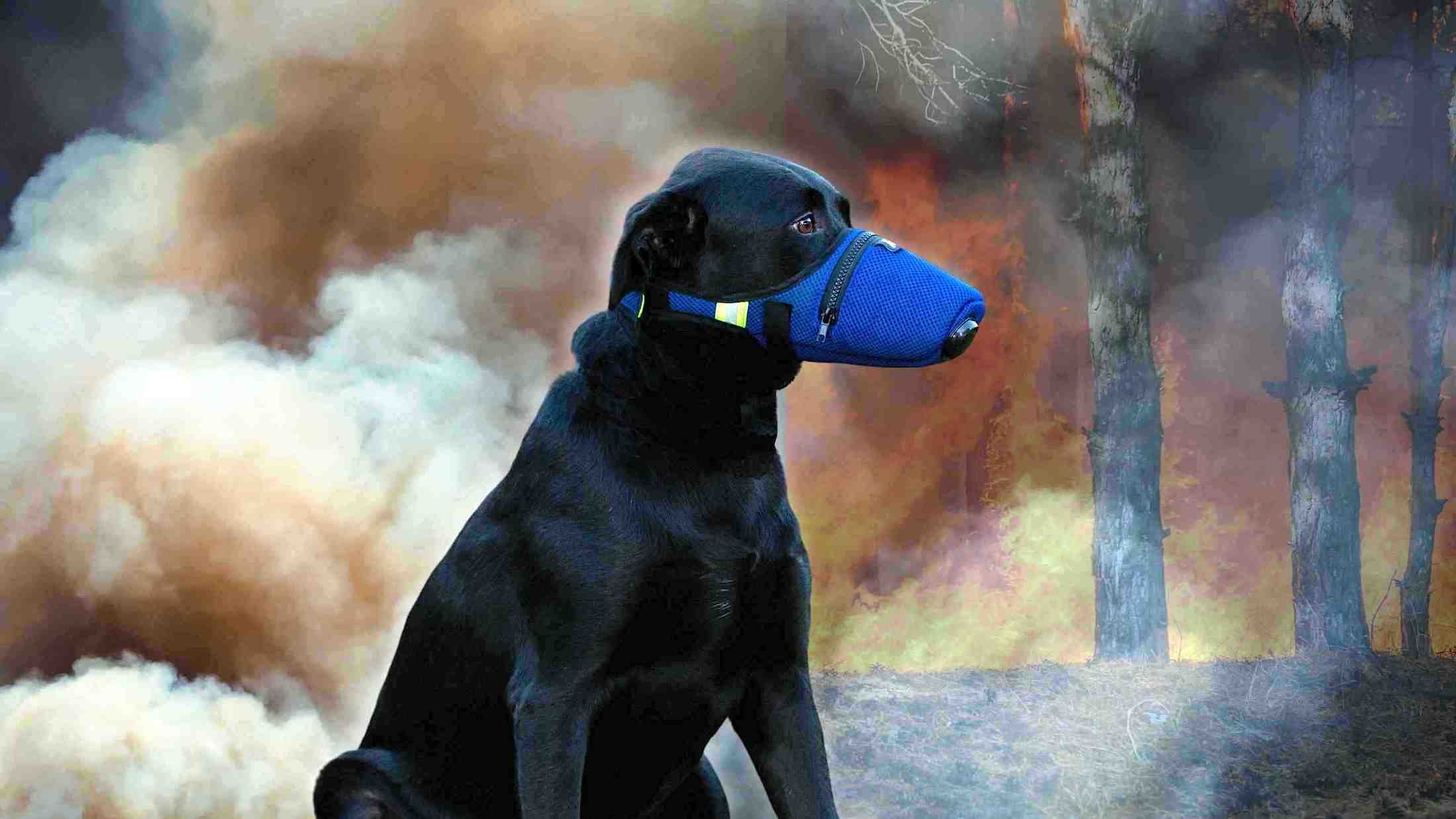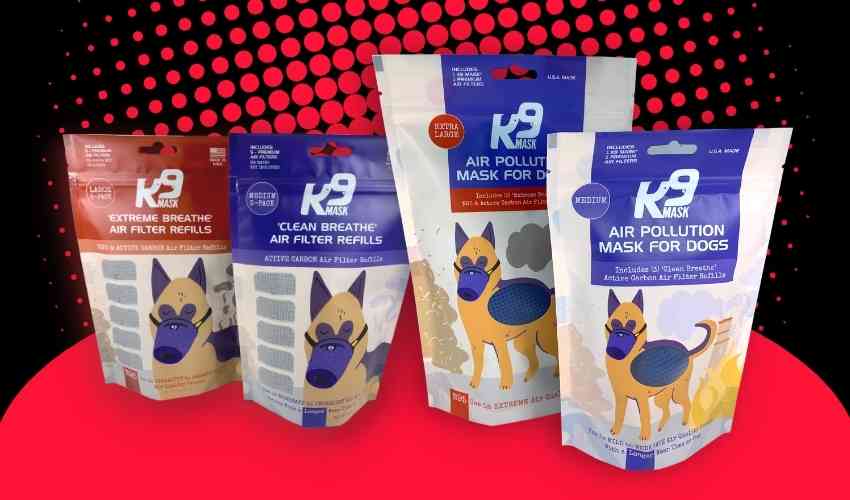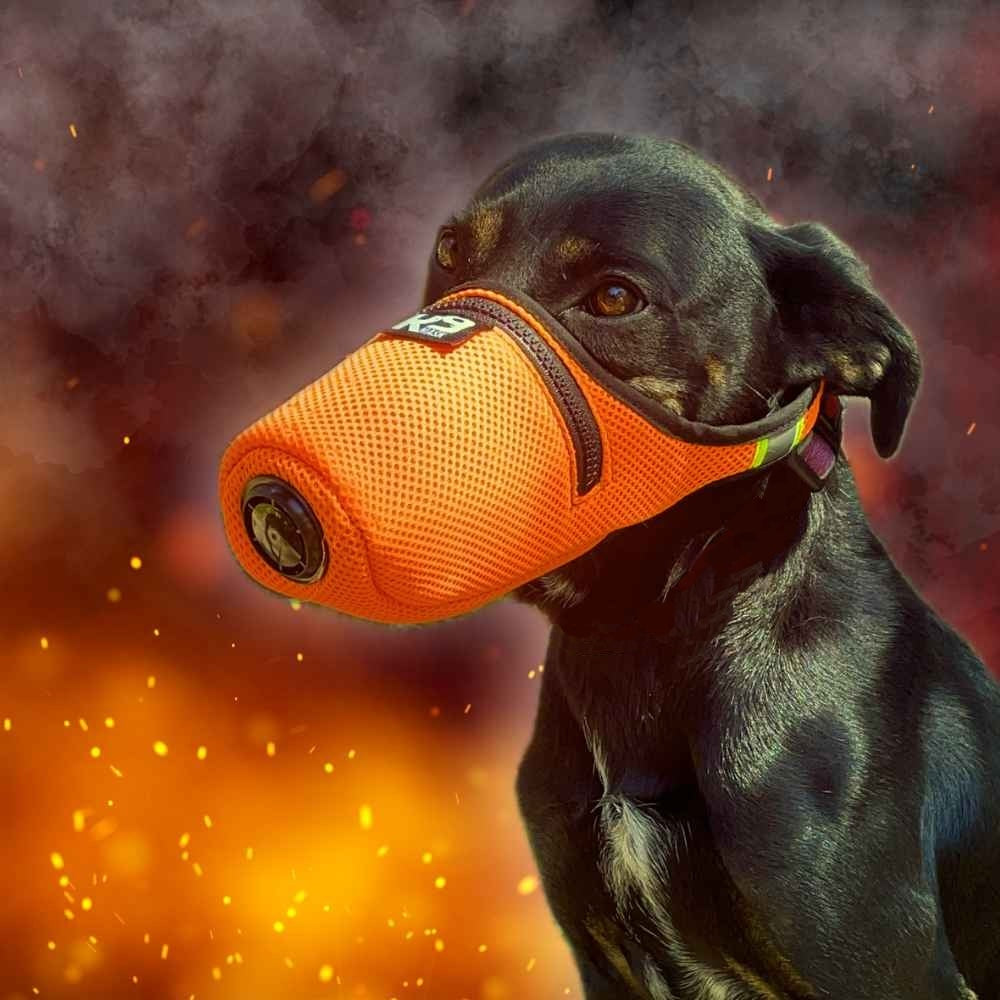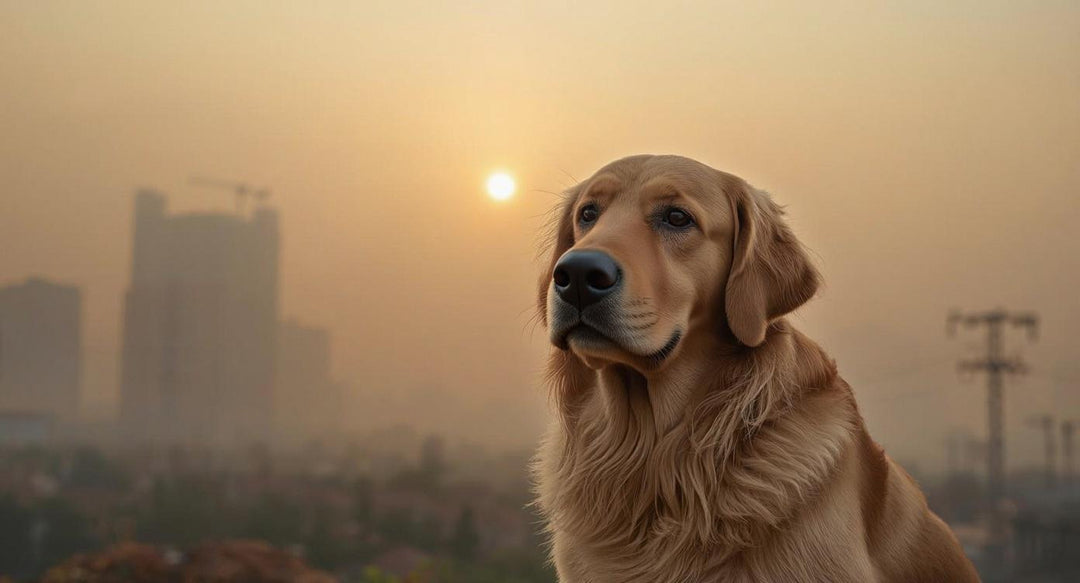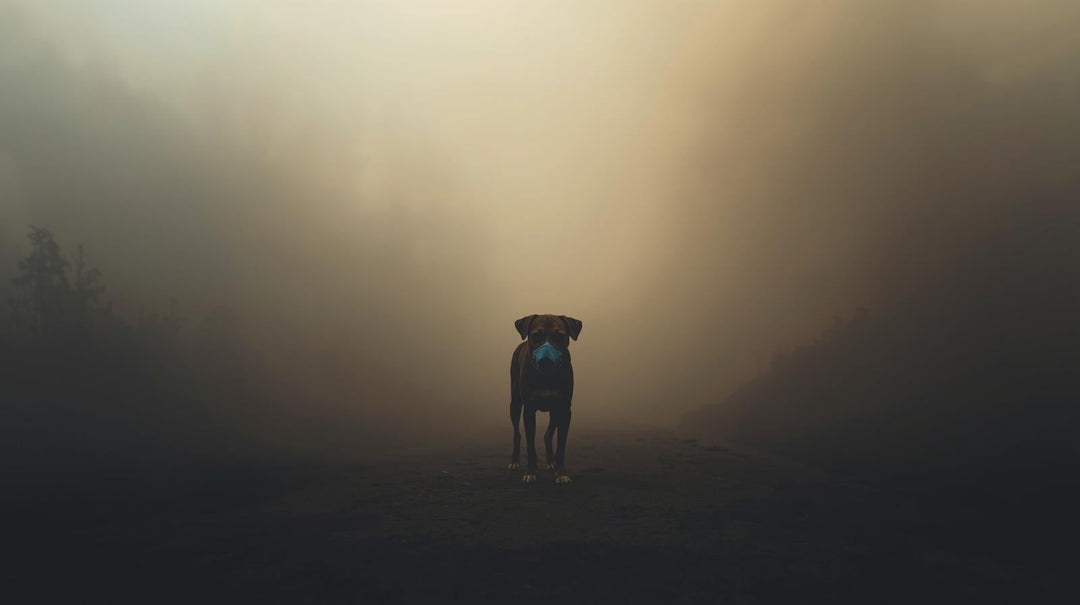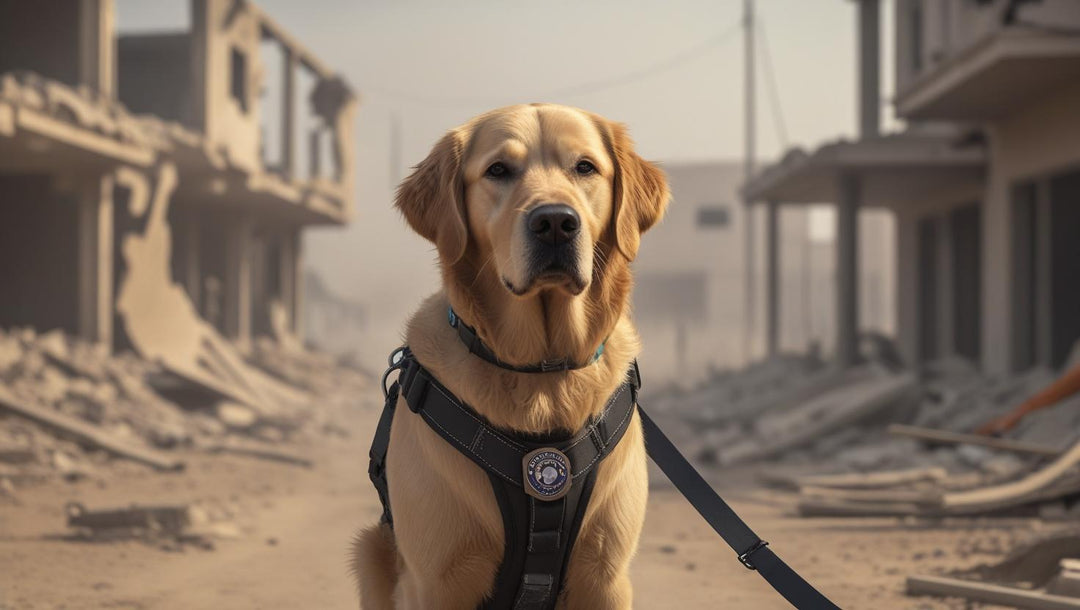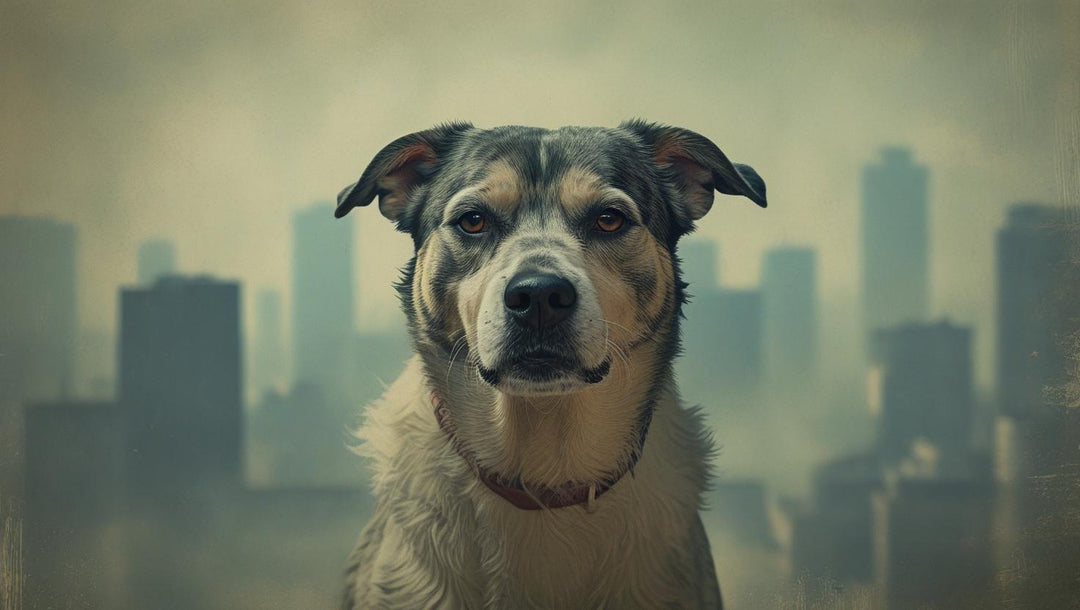Smoke on the Horizon
The skies over much of the United States have turned a hazy gray this summer—not from local storms, but from Canadian wildfires burning hundreds of miles away. As thick smoke drifts across the border, it’s not just humans feeling the effects. Our dogs, with their heightened sensitivity to airborne pollutants, are also breathing in the danger. From New York to Minnesota, pet owners are seeing the impacts firsthand: coughing, fatigue, and labored breathing in their furry companions. In a season of growing air quality alerts, protecting your pet’s health is no longer optional—it’s urgent.
1. Unprecedented Smoke Spread into the U.S.
Canada's 2025 wildfire season is one of the most intense on record, with roughly 6.56 million hectares already burned, affecting regions from Manitoba and Saskatchewan to Ontario and Quebec
This massive scale has resulted in thick smoke drifting deep into the U.S., prompting widespread air quality alerts across the Midwest and Northeast—states like Minnesota, Michigan, Illinois, Ohio, New York, Pennsylvania, and beyond.
2. Health Risks to Humans—and Pets
Public health officials warn that inhaling this smoke can be akin to smoking half a pack of cigarettes per day—posing acute risks even to healthy people. Common symptoms include coughing, headaches, fatigue, and an elevated risk of cardiovascular issues.
For dogs, especially those with pre-existing respiratory or cardiac conditions—or breeds like pugs and bulldogs—these risks can be even more pronounced.
3. What Veterinarians Are Seeing
Reports from veterinary professionals are rolling in. In boundary regions like Minnesota, more pets—dogs, along with cats and birds—are showing increased respiratory illnesses directly linked to wildfire smoke exposure.
Symptoms in dogs can mimic seasonal allergies—runny nose, coughing, wheezing, eye irritation, fatigue, and in severe cases, asthma attacks or heat-related distress.
4. How to Protect Your Pup Right Now
Here’s a practical guide to help keep your dog safe until this smoke clears:
- Stay Indoors When Possible: Keep your dog inside, especially during peak smoke periods. Close doors and windows.
- Clean Indoor Air: Use HEPA filters or air purifiers.
- Limit Outdoor Activity: Only brief, calm outings for bathroom breaks—avoid exercise during poor air quality.
- Monitor for Red Flags: Watch for signs like coughing, nasal or eye discharge, lethargy, or breathing struggles. If spotted, seek veterinary care immediately.
- Support Respiratory Health: Ensure hydration and avoid stress.
- Stay Informed: Check local air quality indexes (AQI) and advisories—many institutions recommend N95 masks for outdoor activity when necessary.
5. Why K9 Mask® Is More Important Than Ever
At K9Mask.com, we understand that short-term exposure can still cause lasting respiratory irritation. That's where the K9 Mask® comes in—equipped with high-efficiency N95/PM2.5 filters, it's engineered to reduce particulate intake, offering added protection when your dog must venture outside.
K9 Mask® by Good Air Team
It’s especially useful for sensitive breeds, younger/older dogs, and those with health vulnerabilities.
Final Thoughts
Canadian wildfire smoke isn't just a distant worry—it's here, and it’s affecting millions of Americans and their pets right now. Dogs often rely on us to make the right choices when the air becomes hazardous. Staying indoors, minimizing exposure, and using protective gear like the K9 Mask® can make a life-saving difference. Together, we can keep our furry friends safe and breathing easier during this smoky summer.




